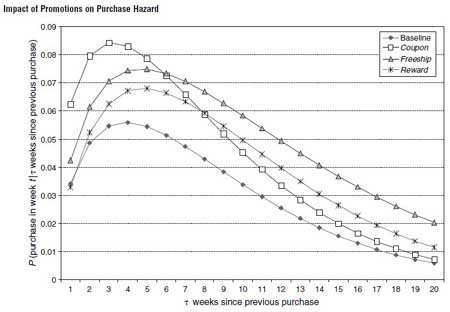Jim answers questions from fellow Drillers
(More questions with answers here, Work Overview here, Index of concepts here)
Q: I visited your website because I am trying to understand how to develop a customer LifeTime Value model for the company that I work at. The reason is we are looking at LTV as a way to standardize the ROI measurement of different customer programs.
Not all of these programs are Marketing, some are Service, and some could be considered “Operations”. But they all touch the customer, so we were thinking changes in customer value might be a common way to measure and compare the success of these programs.
A: Absolutely! I just answered a question very much like this the other day, it’s great that people are becoming interested in customer value as the cross-enterprise common denominator for understanding success in any customer program!
If I am the CEO, I control dollars I can invest. How do I decide where budget is best invested if every silo uses different metrics to prove success? And even worse, different metrics for success within the same silo?
By establishing changes in customer value as the platform for all customer-related programs to be measured against, everyone is on an equal footing and can “fight” fairly for their share of the budget (or testing?) pie. By using controlled testing, customers can be exposed to different treatments and lift in value can be compared on an apples to apples basis – even if you are comparing the effect of a Marketing Campaign to changes in the Service Center.
Continue reading LTV, RFM, LifeCycles – the Framework